Of the Haronga tree is a plant native to tropical areas. Parts of the tree are used as remedies. They mainly help with digestive problems.
Occurrence & cultivation of the haronga tree
Of the Haronga tree (Harungana madagascariensis) is a tree from the St. John's wort family (Hypericaceae). Because of its reddish resin it is sometimes also called dragon's blood, although botanically it is not related to the dragon trees (Dracaenae) counts.In the English-speaking area there is the term "orange milk tree" (orange-milk tree). Originally the haronga tree was an endemic plant in Madagascar. It is now common in all evergreen areas of the East, South and Central African countries from South Africa to Sudan.
It has also been introduced in some areas of Australia. Once settled, the plant spreads very quickly under suitable climatic conditions. The tree is usually up to eight meters high, but individual specimens have reached heights of over 20 meters. Its treetop branches heavily.
The leaf shapes are varied, usually rounded ovoid to heart-shaped. The leaves can be recognized by their characteristic multitude of dark to black points. Flower umbels up to 20 centimeters long are formed. The flowers are white to cream in color. Red drupes form from them.
Effect & application
In Europe, the extracts of the bark and the leaves are used medicinally for indigestion. The pharmaceutical term is Harunganae madagascariensis cortex et folium, i.e. the leaf and bark of the Haronga tree, the dry extracts of which are stored and offered in an aqueous alcohol solution. They can be used as drops.
Globules and tablets are also available. The haronga bark and the leaves of the tree are among the few plant substances whose effects on the human pancreas have been scientifically proven. In the stomach, the extract already leads to increased gastric juice formation. An increase in bile production by the liver is also initiated.
However, it particularly promotes the release of digestive enzymes in the pancreas, which thus also stimulates the production of these enzymes. These pancreatic enzymes, proteases and amylases, have a major influence on protein digestion and sugar digestion. Both parts of the Haronga tree have a naturally high concentration of dihydroxyanthracene derivatives.
Harunganin and Madagascin are predominantly found in the bark, while hypericin and pseudohypericin are produced in the leaves by the plant. The recommended daily dose of dry extract of the Haronga tree by the Federal Institute for Drugs and Medical Devices is 7.5 to 15 milligrams.
Possible side effects of hypericin are toxic reactions of the skin, the retina and the lens of the eye when exposed to light, which in extreme cases, such as continuous overdose, can lead to serious degeneration of the retina. Pure hypericin is used as a contrast medium in cancer diagnosis, as it accumulates in cancer cells. However, this is artificially produced and not obtained economically from the haronga tree.
Side effects at low doses are not known. It is precisely for this reason that no longer than three months is recommended. In addition to the dihydroxyanthracene derivatives, extracts from both parts of the plant contain essential oils, tannins, oligomeric procyanides and flavonoids.
Folk medicine in many African countries uses not only the leaves and bark of the tree, but also other parts of the plant such as resin, which is said to have deworming and fungicidal effects. However, this has not yet been taken up by Western medicine in their research.
Importance for health, treatment & prevention
Apart from homeopathy, little attention has been paid to the plant and its medicinal properties in Europe, although the medicinal properties have been scientifically documented since the 1930s. Medicinally, the dry extracts are mainly used for dyspeptic complaints, especially if the symptoms occur after large meals.
Typical symptoms are bloating and loss of appetite, gas, belching, nausea, vomiting and diarrhea. Since the active ingredients of the leaves and the bark help with mild pancreatic hypofunction and lead to increased release of enzymes by the pancreas, the extract can help with diseases that affect the pancreas. In this regard, the extracts of the Haronga tree can be used to alleviate the subsequent symptoms and preventively in the case of cystic fibrosis.
Cystic fibrosis is a leading cause of inflammation of the pancreas. Gallstones are another cause of pancreatitis. These in turn are part of the clinical picture of diabetes mellitus, obesity, disorders of the parathyroid glands, high cholesterol levels and Crohn's disease.
The exclusive treatment of these diseases with extracts from the bark and leaves of the Haronga tree is avoided due to the lack of knowledge of the long-term effects. Because of the relationship between the Haronga tree and St. John's wort, much has been speculated about the use of the extracts as a light antidepressant.In St. John's wort and in the Haronga tree there are similar ingredients as hypericin.
A positive effect of the leaves and the bark of the tree or the hypericin in general on slight mood swings has not yet been scientifically proven. In many local cultures of African countries, the use of different parts of the Haronga tree in folk medicine is more widespread than in Europe. There, the milky, reddish sap of the plant is used to de-worm tapeworms and in Liberia even to treat skin fungi (dermatophytes).
The leaves are said to stop bleeding, fight diarrhea and are considered a natural remedy for gonorrhea, sore throats, headaches and fever. Young leaves are said to relieve asthma. The flowers are used to relieve pain in the digestive tract. The root is said to also promote breast development in young women.


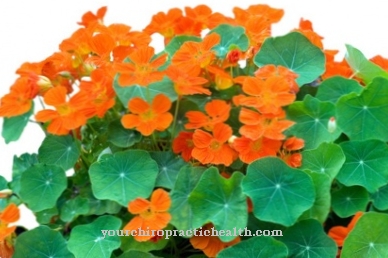

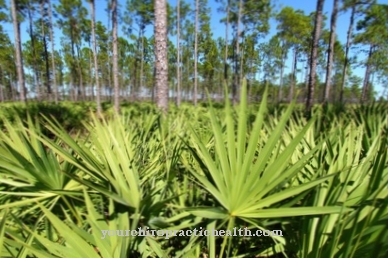

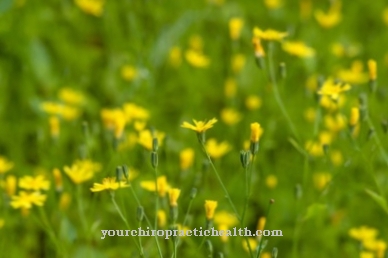

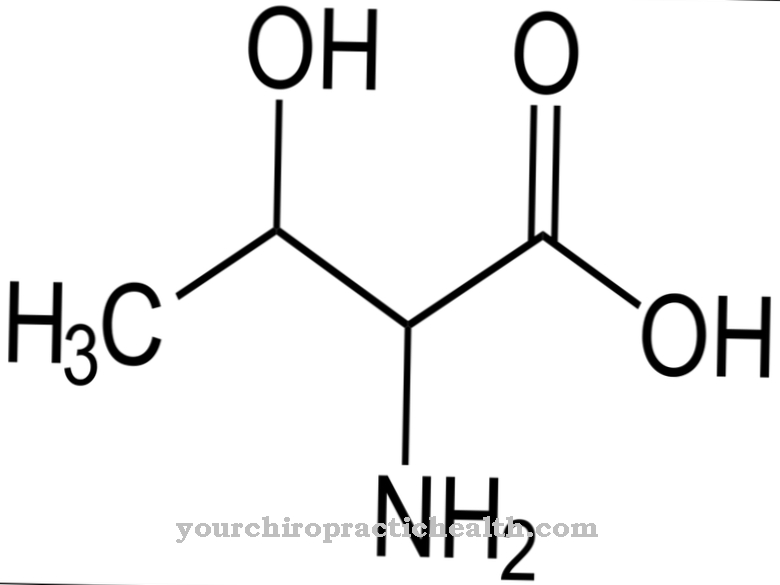
.jpg)





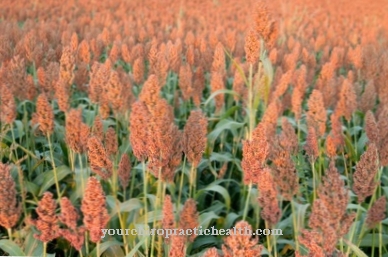







.jpg)



.jpg)
